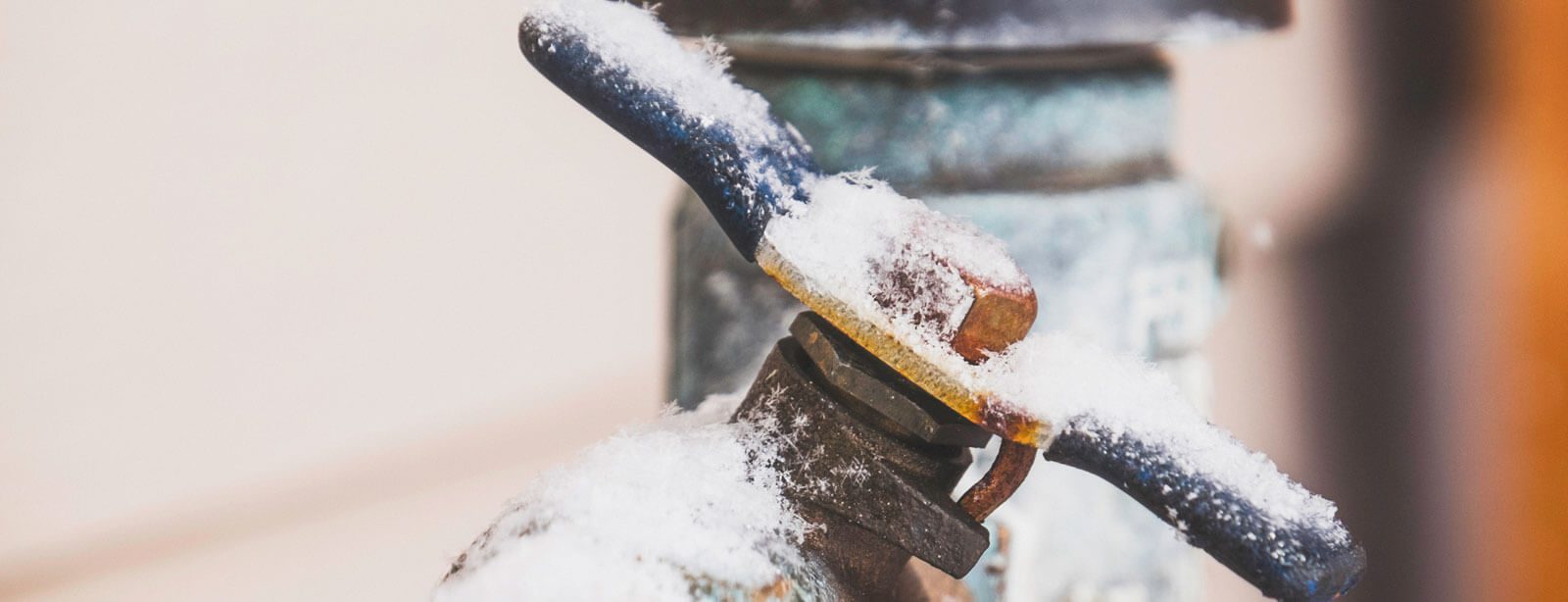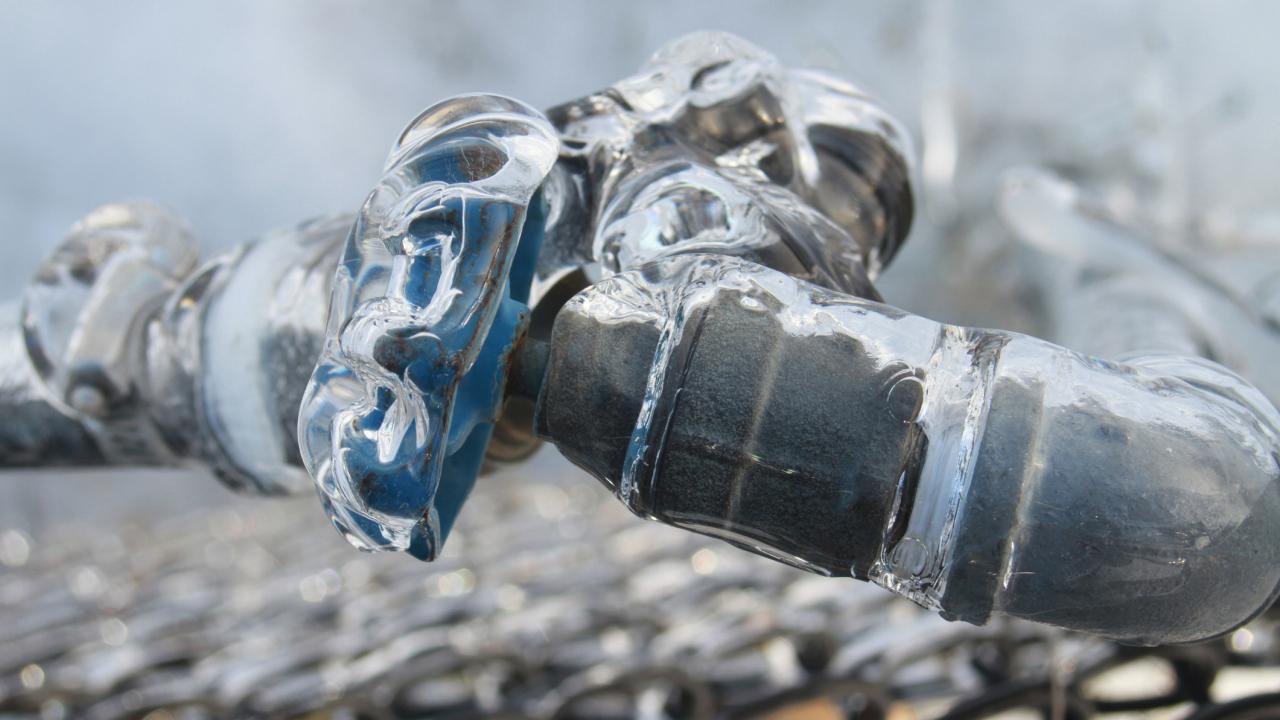Preventing Frozen Plumbing: Top Methods for Cold Weather
Preventing Frozen Plumbing: Top Methods for Cold Weather
Blog Article
What're your thoughts with regards to Preventing and dealing with frozen pipes?

Cold weather can ruin your plumbing, specifically by freezing pipes. Below's exactly how to stop it from occurring and what to do if it does.
Intro
As temperatures decrease, the risk of frozen pipelines boosts, possibly leading to expensive fixings and water damages. Understanding exactly how to prevent icy pipes is important for home owners in cool environments.
Understanding Frozen Pipes
What causes pipes to freeze?
Pipes ice up when subjected to temperature levels listed below 32 ° F (0 ° C) for prolonged periods. As water inside the pipes freezes, it expands, taxing the pipeline walls and potentially causing them to burst.
Risks and damages
Frozen pipes can lead to supply of water disruptions, residential or commercial property damages, and costly fixings. Ruptured pipelines can flood homes and create extensive structural damages.
Indicators of Frozen Pipeline
Identifying frozen pipelines early can prevent them from breaking.
Exactly how to identify frozen pipelines
Try to find decreased water flow from taps, unusual odors or sounds from pipes, and visible frost on revealed pipelines.
Prevention Tips
Protecting at risk pipelines
Wrap pipes in insulation sleeves or utilize warmth tape to shield them from freezing temperatures. Focus on pipes in unheated or outside areas of the home.
Heating methods
Keep interior areas appropriately heated, especially locations with pipes. Open up closet doors to enable warm air to distribute around pipes under sinks.
Protecting Outdoor Pipes
Yard hose pipes and outdoor faucets
Separate and drain pipes garden hoses prior to wintertime. Install frost-proof faucets or cover outside faucets with shielded caps.
What to Do If Your Pipelines Freeze
Immediate actions to take
If you believe frozen pipelines, keep taps open up to eliminate pressure as the ice melts. Make use of a hairdryer or towels taken in warm water to thaw pipes gradually.
Long-Term Solutions
Architectural adjustments
Take into consideration rerouting pipelines far from outside wall surfaces or unheated locations. Include added insulation to attics, cellars, and crawl spaces.
Upgrading insulation
Purchase high-grade insulation for pipelines, attic rooms, and walls. Correct insulation assists maintain regular temperature levels and decreases the threat of frozen pipelines.
Conclusion
Preventing frozen pipelines requires aggressive measures and fast responses. By comprehending the reasons, signs, and safety nets, home owners can safeguard their pipes throughout winter.
5 Ways to Prevent Frozen Pipes
Drain Outdoor Faucets and Disconnect Hoses
First, close the shut-off valve that controls the flow of water in the pipe to your outdoor faucet. Then, head outside to disconnect and drain your hose and open the outdoor faucet to allow the water to completely drain out of the line. Turn off the faucet when done. Finally, head back to the shut-off valve and drain the remaining water inside the pipe into a bucket or container. Additionally, if you have a home irrigation system, you should consider hiring an expert to clear the system of water each year.
Insulate Pipes
One of the best and most cost-effective methods for preventing frozen water pipes is to wrap your pipes with insulation. This is especially important for areas in your home that aren’t exposed to heat, such as an attic. We suggest using foam sleeves, which can typically be found at your local hardware store.
Keep Heat Running at 65
Your pipes are located inside your walls, and the temperature there is much colder than the rest of the house. To prevent your pipes from freezing, The Insurance Information Institute suggests that you keep your home heated to at least 65 degrees, even when traveling. You may want to invest in smart devices that can keep an eye on the temperature in your home while you’re away.
Leave Water Dripping
Moving water — even a small trickle — can prevent ice from forming inside your pipes. When freezing temps are imminent, start a drip of water from all faucets that serve exposed pipes. Leaving a few faucets running will also help relieve pressure inside the pipes and help prevent a rupture if the water inside freezes.
Open Cupboard Doors
Warm your kitchen and bathroom pipes by opening cupboards and vanities. You should also leave your interior doors ajar to help warm air circulate evenly throughout your home.

I stumbled upon that entry on Helpful Tips to Prevent Frozen Pipes this Winter when surfing the internet. Sharing is nice. Helping people is fun. We take joy in your readership.
This Site Report this page